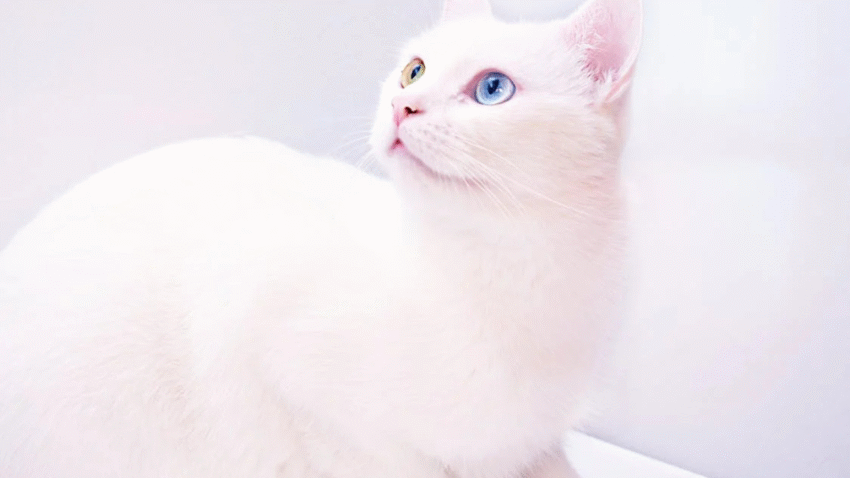Introduction
Tired of finding cat hair all over your clothes and furniture? While some shedding is normal, excessive fur loss can be managed with the right approach. In this article, you’ll learn how to reduce shedding in cats naturally using simple, effective methods. With proper grooming, diet, and a few household adjustments, you can keep your cat’s coat healthy—and your home a lot cleaner.
Why Shedding Control Matters for Cats
Shedding is your cat’s way of getting rid of old or damaged fur, but too much can lead to hairballs, matting, or skin issues. For you, it means extra cleaning and potential allergies. Managing shedding naturally helps your cat stay comfortable, reduces fur build-up in your home, and gives you a chance to monitor skin and coat health. It’s also a great way to bond with your cat.
Step-by-Step Guide to Naturally Reducing Cat Shedding
1. Brush Your Cat Regularly
- Short-haired cats: Brush 2–3 times per week to remove loose hair and stimulate oil production.
- Long-haired cats: Daily brushing is ideal to reduce tangles and excess shedding.
- Use a rubber grooming brush, slicker brush, or grooming glove designed for cats.
Tip: Make grooming a positive experience by rewarding your cat with treats afterward.
2. Improve Their Diet
- Feed a high-quality cat food rich in protein and omega-3 and omega-6 fatty acids.
- Look for ingredients like salmon oil, flaxseed, or chicken fat that support skin and coat health.
- Hydration also matters—ensure your cat has constant access to fresh water or consider adding a water fountain to encourage drinking.
3. Add Natural Supplements (Vet-Approved)
- Fish oil: Contains omega-3s that improve skin health and reduce shedding.
- Coconut oil: May help some cats when added in small amounts to food (check with your vet).
- Pumpkin: A fiber-rich natural supplement that supports digestion, which in turn may help reduce hairballs related to shedding.
4. Bathe Occasionally (If Tolerated)
- Bathing isn’t always necessary, but for some cats, an occasional bath with a gentle, moisturizing cat shampoo can help remove dead hair.
- Use lukewarm water and dry them thoroughly afterward in a warm, draft-free space.
5. Keep Their Environment Clean and Humidified
- Use a humidifier during dry months—dry air can contribute to flaky skin and excess shedding.
- Keep your home vacuumed regularly and wash your cat’s bedding weekly to reduce hair build-up.
Common Mistakes to Avoid
- Skipping Grooming: Letting shedding build up leads to matting and increases hair around the house.
- Feeding Low-Quality Food: Poor nutrition is one of the leading causes of excessive shedding.
- Using Human Shampoo: This can dry out your cat’s skin and worsen the problem.
- Not Checking for Health Issues: Excessive shedding may be a sign of allergies, parasites, or other health problems.
- Ignoring Seasonal Changes: Cats naturally shed more during seasonal transitions—adjust grooming habits accordingly.
Extra Tips & Recommendations
- Use a Shedding Brush Weekly: Tools like the Furminator are excellent for removing loose undercoat fur.
- Vacuum Furniture With Pet Attachments: Keeps your home cleaner and reduces allergens.
- Lint Rollers Everywhere: Keep one by the couch, your bed, and near your laundry area for quick cleanup.
When to See a Vet
If your cat’s shedding is accompanied by:
- Bald spots
- Red or irritated skin
- Constant scratching or licking
- Dull or greasy fur
…it’s time to consult a veterinarian. These symptoms may indicate allergies, parasites, or hormonal imbalances.
Conclusion
Reducing shedding in cats naturally is all about consistency. With proper grooming, a healthy diet, and a few environmental tweaks, you can significantly cut down on loose fur while improving your cat’s overall well-being. The best part? These practices also strengthen the bond between you and your feline friend.
🐾 Enjoyed this guide? Keep following us for more natural cat care tips!
